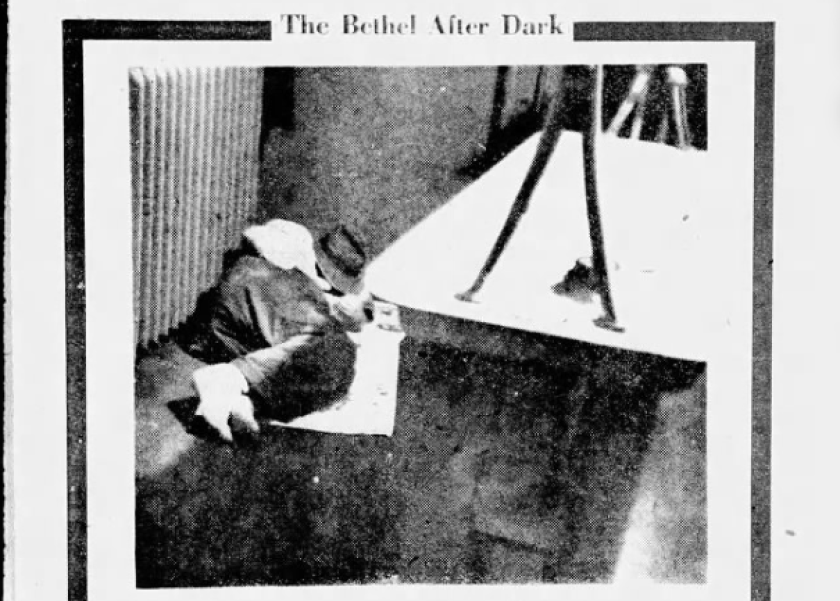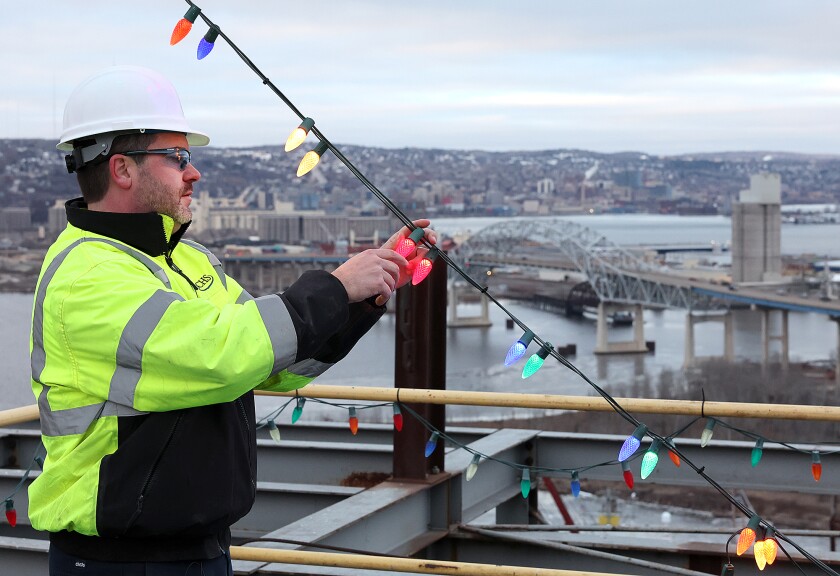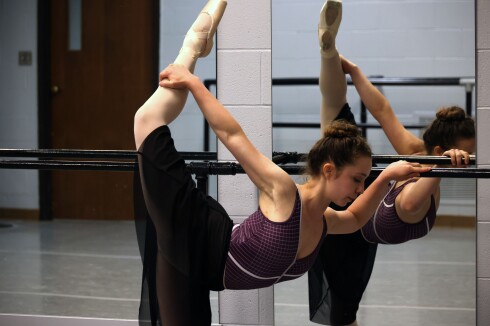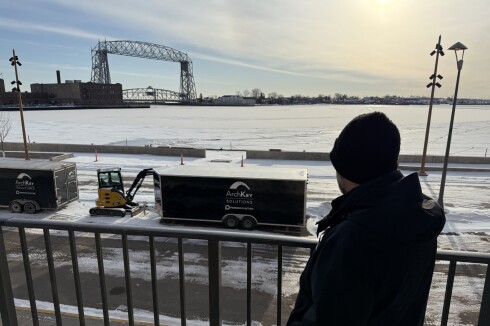HIBBING — The flared, hard-angled instrument consoles surrounding the Paulucci Space Theatre's presenter chair look like they could take the planetarium to Warp 9. Coincidence?
"They had to be influenced by 'Star Trek' with this," said Kevin Milani, referencing the building's designers as he sat at the console last month. "It's like I'm sitting behind the controls of the Enterprise."
ADVERTISEMENT
Milani, a retired college teacher who describes his role at the Paulucci Space Theatre as being "just to help keep the place operational," has outlasted any captain of the Starship Enterprise. He's been part of the Space Theatre team for 48 years — since the planetarium was just a dream.
"The Paulucci Space Theatre began as an idea at a meeting of the Hibbing Astronomy Club, of which I was president, back in 1975," Milani remembered. "I wrote a letter to then-Lt. Gov. Rudy Perpich, expressing interest in having a planetarium in Hibbing. Rudy wrote back, said, 'Oh, Kevin, we've got some ideas about this!'"
The planetarium was one of many Iron Range improvements advanced by Perpich, who became Minnesota's longest-serving governor and was between non-consecutive terms when the Paulucci Space Theatre opened its doors in 1980.
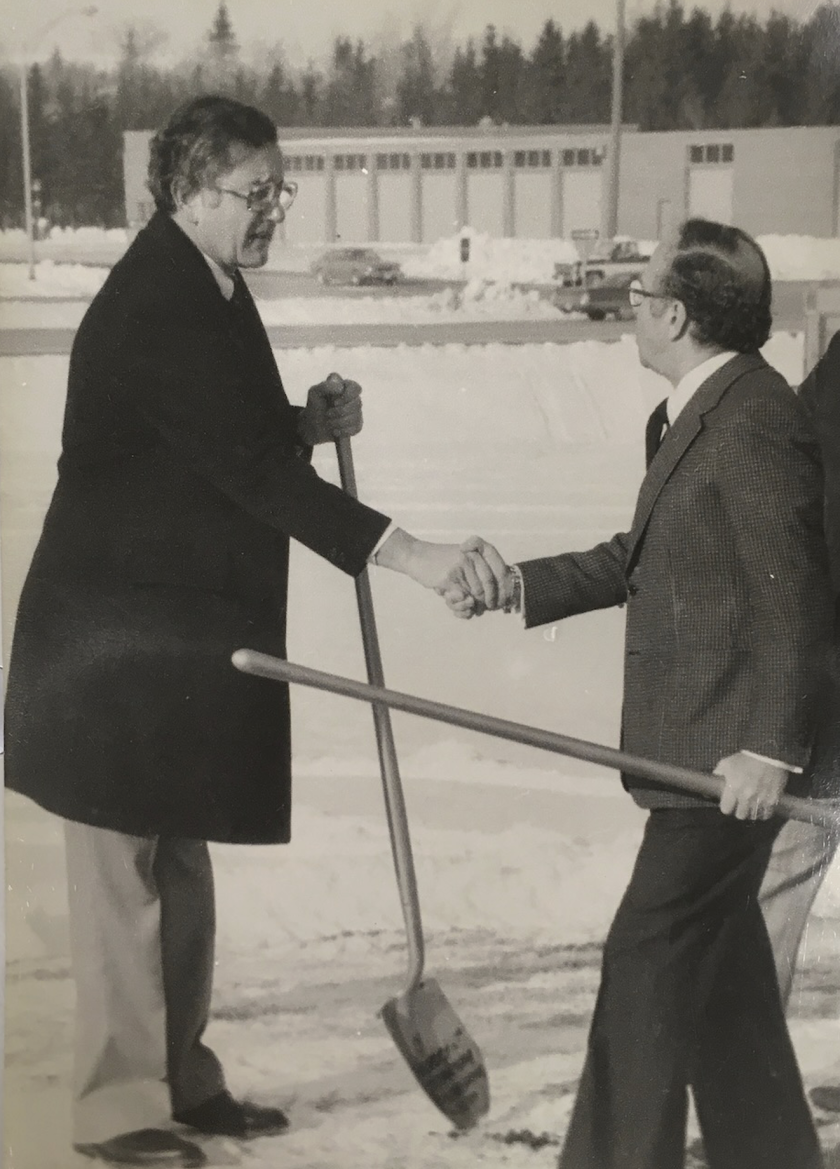
The facility's name came from Duluth food magnate Jeno Paulucci, who originally hailed from Aurora and made a substantial financial contribution to the planetarium. Signs and sources remain divided over whether it's technically a "Space Theatre" or a "Space Theater," but either way, it's epic.
"The original metal sign plaque on the front of the building says 'Paulucci Planetarium,'" observed Milani, "but when the first movie projector went in, in 1985, it was decided by us that the place was more than just a planetarium."
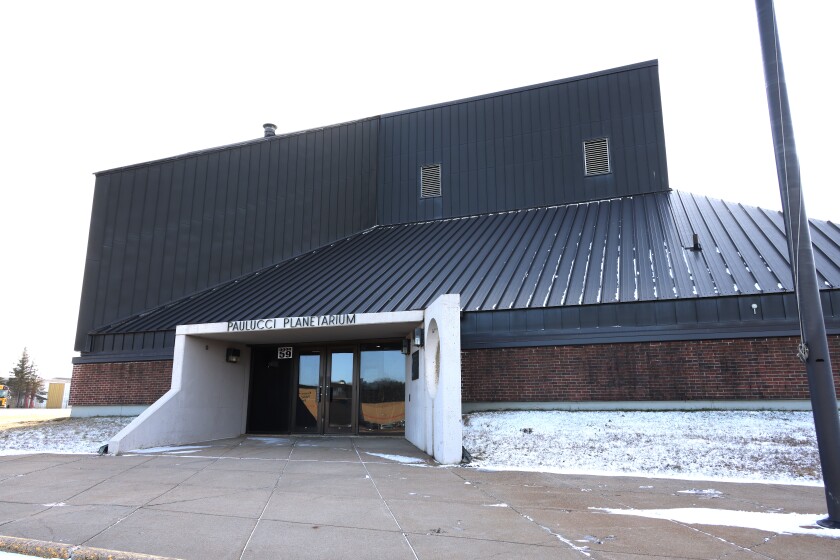
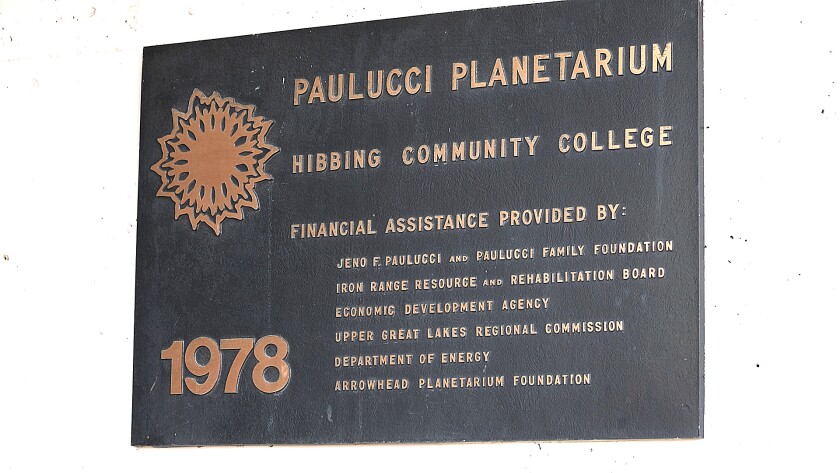
When Milani touched a control on the space-age presenter console, a round opening appeared in a box at the center of the auditorium and the planetarium's "starball" rose, the mechanism's original 1980 motor still managing the lift. Milani brought the lights down, and slowly the stars emerged.
"2023 is the anniversary of the very first planetarium, which (was) produced in Germany, 1923," noted Milani. The night sky simulators spread rapidly around the world during the space race of the 1950s and '60s, as entrepreneurs capitalized on a surge of curiosity and marketed star projectors to be installed in educational facilities.
ADVERTISEMENT
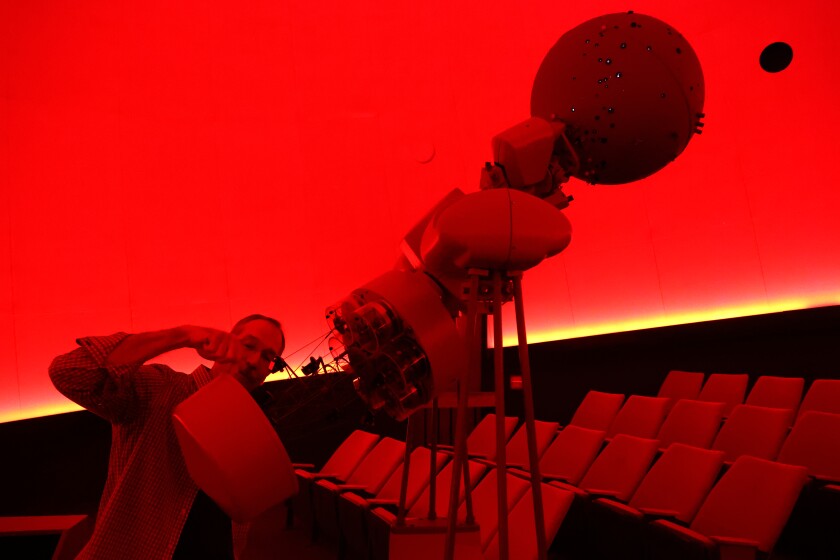
By the time the Paulucci Planetarium opened, straightforward star displays were no longer cutting edge. Operating under the auspices of Hibbing Community College — now Minnesota North College, Hibbing Campus — the Paulucci was outfitted with a series of audiovisual bells and whistles.
"When it opened in 1980, slide projectors were the be-all and end-all," remembered Milani, who has worked at the Space Theatre throughout its history. "We had two dozen computer-controlled slide projectors, and we had lots of other special effects projectors."
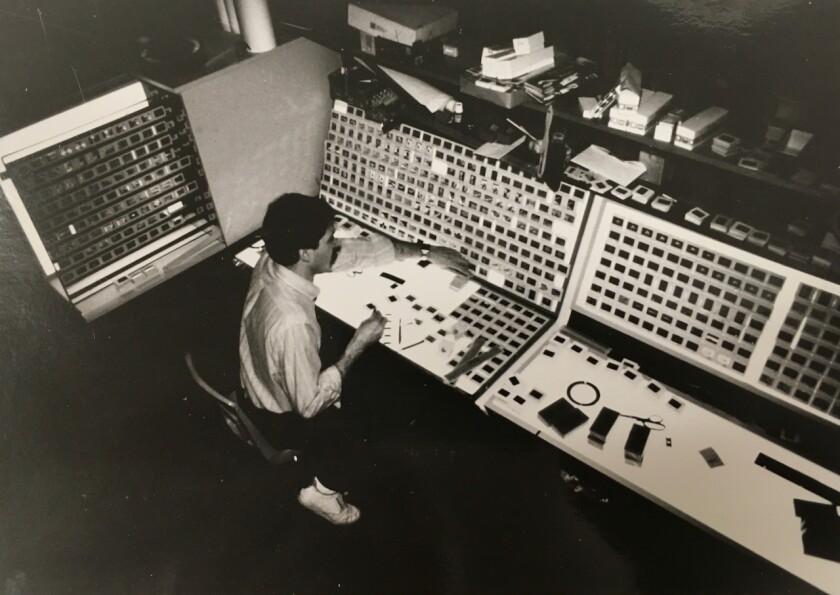
The enclosures that once held the slide projectors are still visible from behind the dome screen, where a storage area still holds dozens of slide trays, magazines and other archival materials. The slide boxes are labeled with show titles such as "Dinosaurs," "Voyager Encounters" and "Cosmic Catastrophes."
"I was going through some of the old magazines, getting rid of duplicates, and I came across a little bundle," said Milani. "They were Sky and Telescope magazines from 1968, 1969 ... and suddenly I realized what I was holding in my hands."
They were the very copies that Milani read in science class at Hibbing High School, the ones that sparked his lifelong love of astronomy. "I started crying," said Milani. "I thought, my God, these are the magazines I looked at 55 years ago."
Milani went through the entire Space Theatre facility during its COVID-19 closure, cleaning it out and launching a successful fundraising drive to replace the analog slide and film projectors with new digital systems.
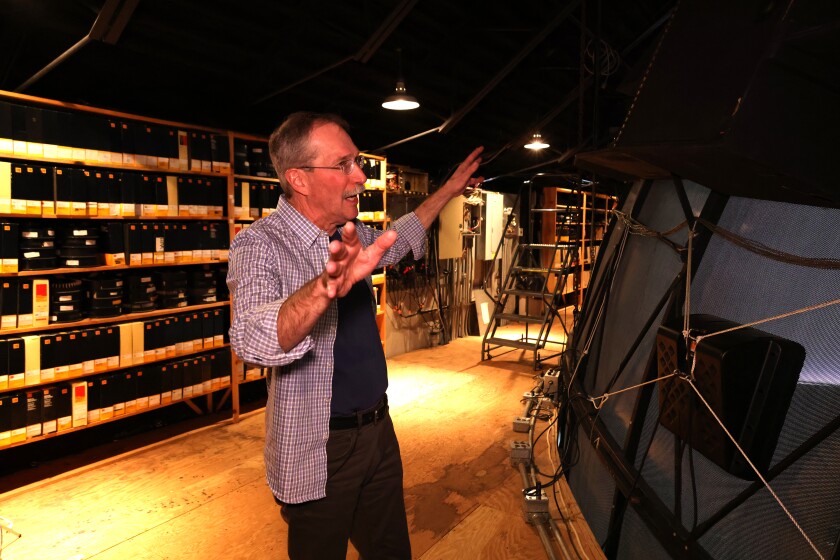
"I found it remarkably easy to raise money, because everybody I was dealing with had come here as children," said Milani. "In fact, many of them said, 'I remember, Kevin, you doing shows for us when we were here in the '80s or '90s.'"
ADVERTISEMENT
When the planetarium opened in April 1980, the Hibbing Daily Tribune wowed at "the most up-to-date multi-media equipment available: a computer-controlled projector and sound system, a starball projector and a 40-foot tilted hyposphere dome."
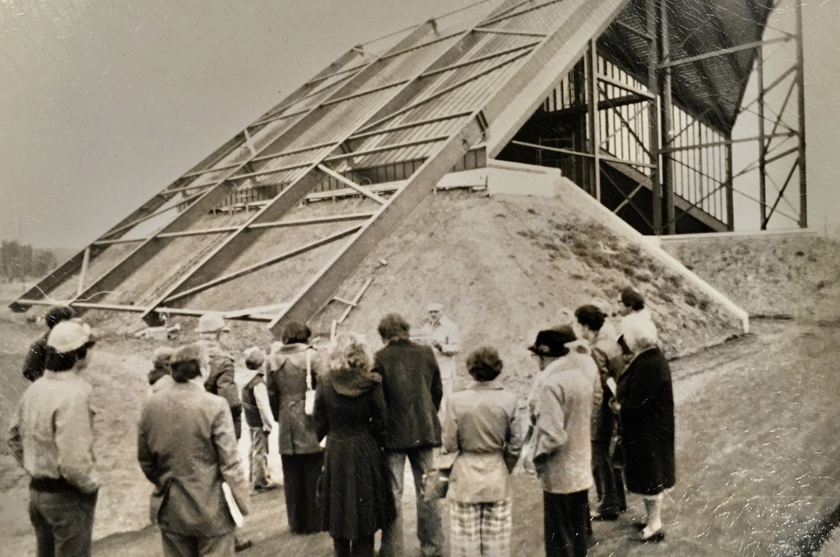
(The Hibbing facility's opening initially went unreported in the News Tribune, which on the date of the planetarium's debut had a front page filled with news of President Jimmy Carter's failed attempt to rescue American hostages from Iran.)
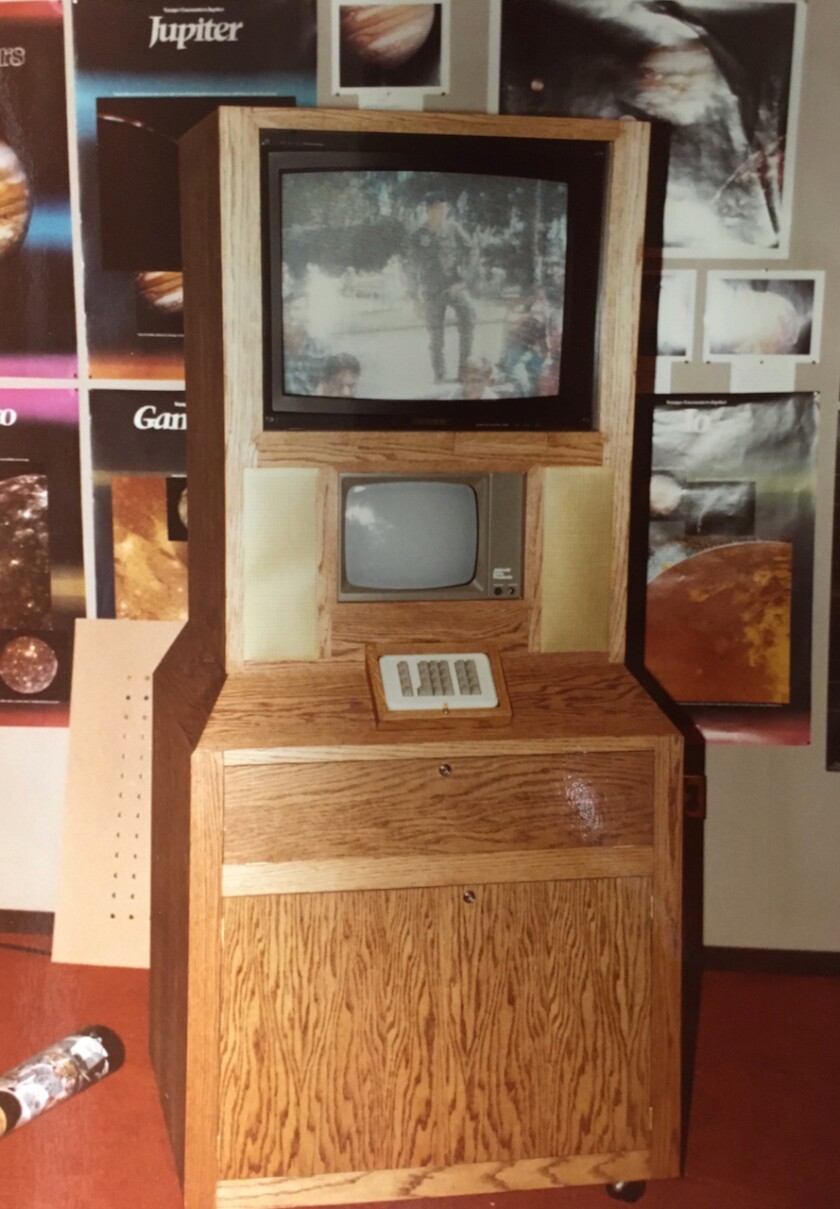
While the Paulucci Space Theatre still lives up to its founders' dreams of a multimedia educational facility, the designers had additional visions that were never realized.
The planetarium lobby features astronomical murals by local artists Karen Lorenz and Heidi Werdier, who "runs most of the programs here," Milani said. Near gift shop shelves holding staples like astronaut ice cream, Milani opened a heavy trap door to reveal a vast empty cavity underneath the building. The concrete-lined space was designed to hold water to be heated by solar panels.
"Down in the basement," said Milani, "are all the big pipes that would have carried water into it and circulated through the building. It's just incredible!"
The planetarium would have had "the northernmost total solar package" if completed, the Hibbing Daily Tribune reported in 1980.
All that was lacking, at the time the planetarium opened, was $250,000 to purchase and install the solar panels. Those funds, the equivalent of nearly $1 million today, were apparently not forthcoming since the system was never completed.
ADVERTISEMENT
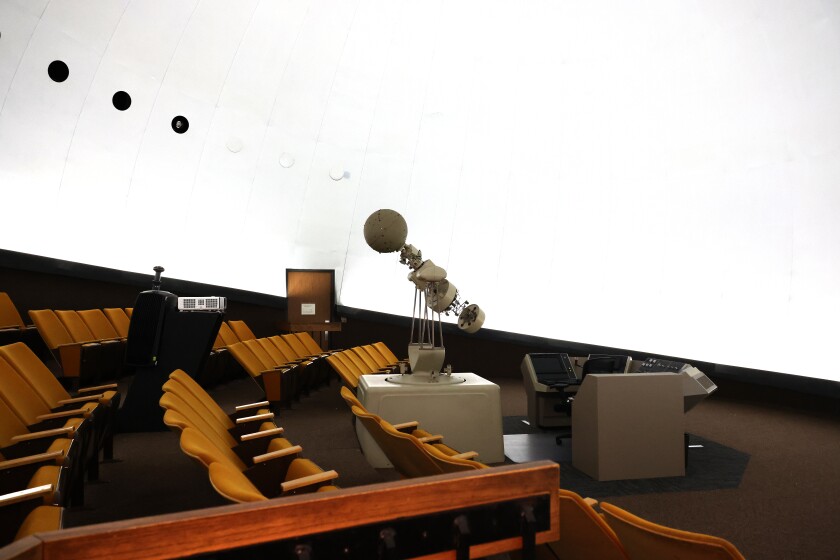
Nor was a planned telescope system that would have tracked the sun's movement and projected it into the planetarium's lobby via a series of mirrors. A wide vertical tube intended for that purpose remains, disappearing into the high ceiling.
"It was a great idea," said Milani with a laugh, "but never got built!"
Today, the Paulucci Space Theatre is the second-largest planetarium in Minnesota, with a 40-foot dome that's surpassed only by the MacMillan Planetarium at St. Paul's Bell Museum. The Hibbing facility's 59 seats are oriented to the front of the auditorium, positioning viewers to see the digital dome-screen films as well as planetarium programs.
Milani said he's excited to show off the updated facility in April, when the Space Theatre hosts the annual meeting of the Wisconsin Iowa Minnesota Planetarium Society. (Yes, that organization does go by the acronym WIMPS.)
"The place really is state of the art now," Milani said proudly.
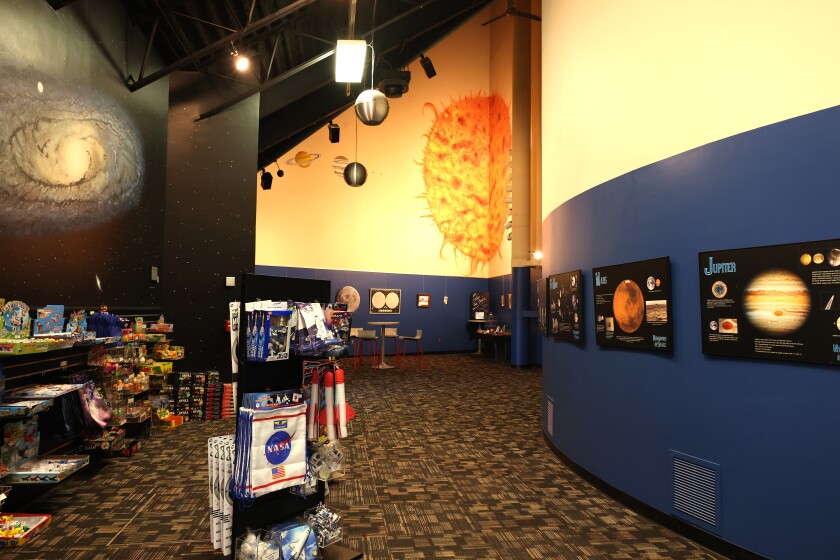
Spacecraft models, built by Milani himself starting at age 13, are displayed in a glass case under the planetarium's front counter. Ranging from the 1960 Mercury-Redstone vehicle to the rocket that NASA plans to use to send its next group of astronauts to the moon, the models are testament to the dramatic changes in human space exploration since the Space Theatre was built.
"The role of this place in the community has always stayed the same," said Milani. "We strive to provide science education not only to the public, but also to schoolchildren."
ADVERTISEMENT
Space Theatre attendance numbers have dipped along with the number of people living on the Iron Range — the population of Hibbing has declined by about a quarter since 1980 — but the planetarium still serves an appreciative audience, said Milani.
"We still have groups who come," Milani said, "and believe it or not, there are still people who walk through the doors of this place who are from Hibbing and the Iron Range, who say, 'Gee, you know, I've never been here!'"
Nearly a half-century after he and his fellow Hibbing astronomy buffs first dreamed of an Iron Range planetarium, Milani still has the best seat in the house. From the captain's chair, he can control the starball, the sound system, the multicolored cove lighting and the digital video projector.
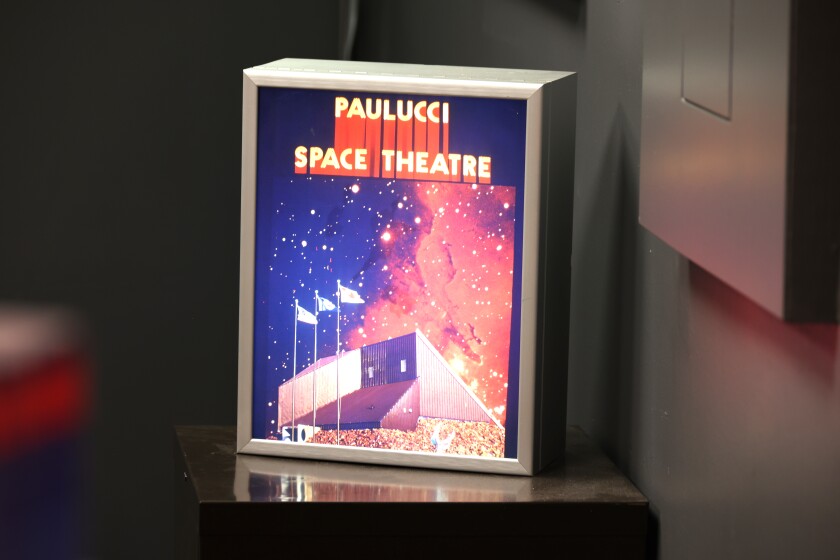
"Over here," said Milani, rotating his chair towards a panel bristling with manual controls, "this was the controls for the (70mm) movie projector." That projector was replaced by the theater's new digital system.
"I haven't had the heart to get rid of this," said Milani, gazing fondly at the vintage control panel. "I just think it still looks cool."
Milani recalled a group of children who visited the planetarium last year. As the kids filed out, Milani lowered the starball to the young visitors' eye level.
"A little boy came and stood there, just kind of staring at it," said Milani. "He looked at me, he goes, 'You're really smart not to get rid of this.' I said, 'Yeah, I think so, too.'"
ADVERTISEMENT
For more information on Paulucci Space Theatre programming, see minnesotanorth.edu/campuses/hibbing/paulucci-space-theater.








